Already overtaken by the French-speaking world in the early 2010s, the Spanish-speaking world has now also been overtaken by the Arabic-speaking world, whose total population reached 481.7 million in mid-2023. The demographic emergence of the Arabic-speaking world, the second most dynamic linguistic area in the world, is set to continue over the next few decades, while the Spanish-speaking area is expected to grow more slowly than the global average. Analysis.
Based on data published last December by the PRB (Population Reference Bureau, a private American organisation and one of the world’s leading demographic references), the population of the Arabic-speaking world is estimated at 481.7 million on 1 July 2023, up by 1.9% over one year (or +9.0 million), compared with 480.4 million for the Spanish-speaking world (+0.9%, or 4.1 million). According to these figures, the population of the Arabic-speaking world will have exceeded that of the Spanish-speaking world in the first quarter of 2023, and more precisely in March.
These demographic estimates correspond to areas made up, respectively, of genuinely Arabic-speaking and Spanish-speaking countries and territories, i.e. where Arabic and Spanish are, alone or with another language, the language of administration, education, business and the media for the entire population, or at least the mother tongue or lingua franca of a majority population in the territory concerned, where it is historically and/or permanently present.

Countries and territories where Arabic or Spanish is compulsorily taught, but which do not meet the above-mentioned criteria, cannot be taken into account, as the language in question is taught there only as a foreign language.
481.7 million inhabitants by mid-2023 for the Arabic-speaking world
The Arabic-speaking world, which spans two continents, includes all 20 countries where Arabic is the official language, either alone or with another local language (i.e. Tamazight in Algeria and Morocco, Kurdish in Iraq and Somali in Somalia), In addition, there are large Arabic-speaking parts of two countries (Chad and Eritrea), and small Arabic-speaking areas in nine other countries (Mali, Niger, Cameroon, Nigeria, Central African Republic, South Sudan, Iran, Turkey and Israel).
Arabic is the mother tongue or lingua franca of around 60% of the Chadian population (mainly in the centre and north of the country), and the lingua franca of around a third of the Eritrean population (mainly in the two coastal administrative regions and near the Sudanese border, with a very small minority also speaking Arabic as their mother tongue).

With an annual growth rate of 1.9%, much higher than that of the Spanish-speaking world (0.9%), the Arabic-speaking world is the second most dynamic linguistic area on the planet, after the French-speaking world, whose population will reach 563.4 million by mid-2023, an increase of 2.1%. Spanning four continents, the French-speaking world includes a large number of countries and territories, including five that are also wholly or mainly part of the Arabic-speaking world (Tunisia, Algeria, Morocco, Mauritania and Chad).
Thanks to its dynamism, and based on historical data supplied mainly by the UN, the Arabic-speaking world multiplied its population by 5.4 between 1950 and 2023, from 74.9 million to 481.7 million, while the Spanish-speaking world multiplied its population by 3.5, from 136.5 million to 480.4 million. Over the same period, the world’s population increased by a factor of 3.2.
Between mid-2022 and mid-2023, the total fertility rate in the Arabic-speaking world stood at 3.2 children per woman, compared with just 1.8 in the Spanish-speaking world. As in the French-speaking world (4.2), the fertility rate in the Arabic-speaking world is also falling steadily.
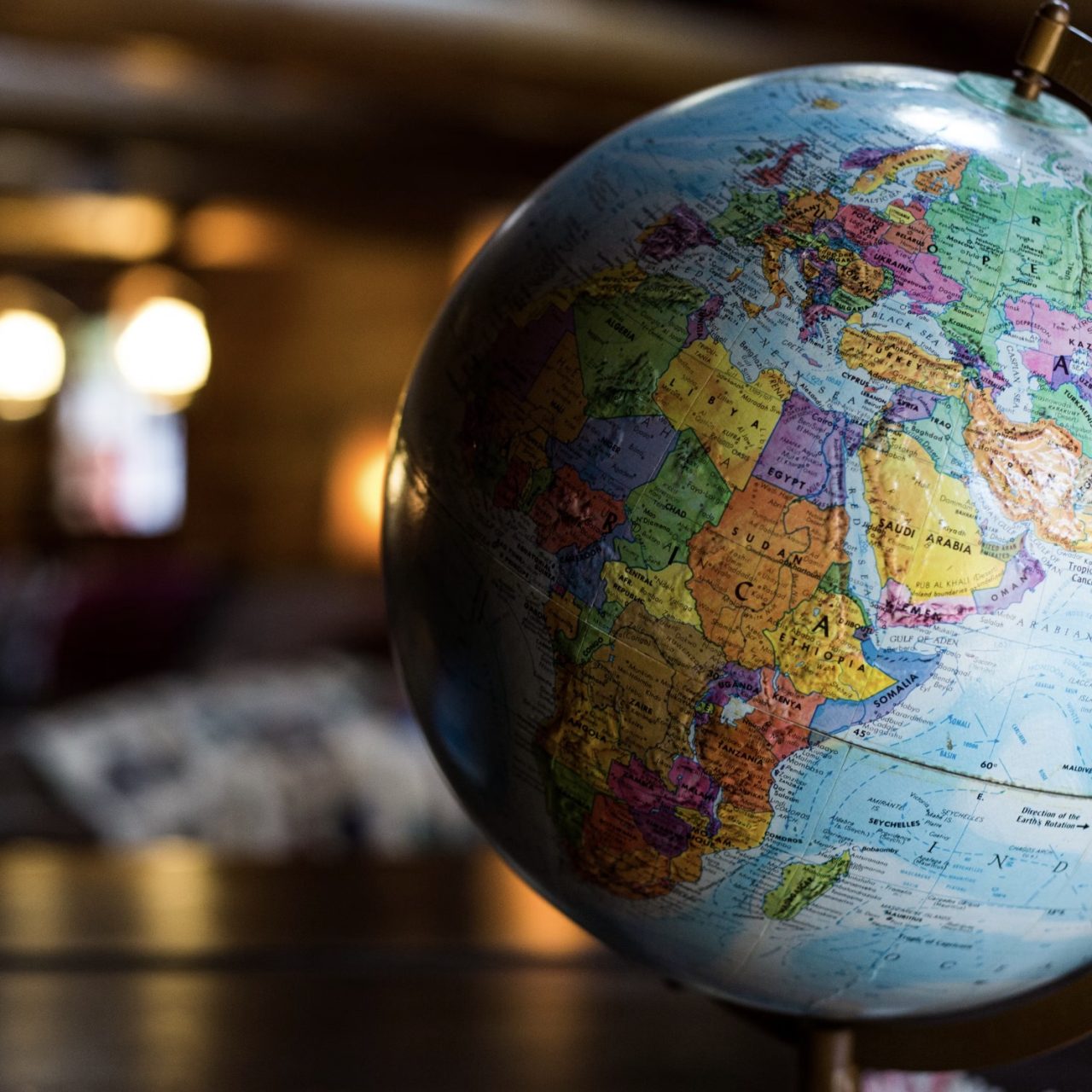
The five most populous Arabic-speaking countries are Egypt (105.2 million by mid-2023), Sudan (48.1 million), Algeria (46.8), Iraq (45.5) and Morocco (37.6). It should be noted that Algeria recently lost its second place, which it held after overtaking Morocco in 1986. The five countries with the highest population growth, excluding refugee movements, are Somalia (3.2%), Mauritania (3.2%), Chad (3.1%), Sudan (2.6%) and occupied Palestine (2.5%).
480.4 million inhabitants by mid-2023 for the Spanish-speaking world
The Spanish-speaking world, which spans three continents, includes the populations of the 20 countries with Spanish as an official or co-official language and the American island territory of Puerto Rico (where Spanish is also the official language – along with English – and the mother tongue of almost the entire population), to which can be added the majority Spanish-speaking populations of the American territories bordering Mexico, as well as those of the Belizean territories bordering Guatemala and Mexico.
With a growth rate of 0.9% and a fertility rate of 1.8 children per woman (1.9 in the US), the population of the Spanish-speaking world reached 480.4 million in mid-2023, a 3.5-fold increase since 1950, when it stood at 136.5 million. This increase is mainly due to a relatively high birth rate in the second half of the 20th century. The five most populous countries are Mexico (131 million), Colombia (52.2), Spain (48.3), Argentina (46.3) and Peru (33.8).

Spanish-speaking America alone accounts for almost all of this linguistic area, with 89.6% of the total population. Spain and Equatorial Guinea are the only countries outside the American continent.
Excluding refugee movements, the highest demographic growth rates were recorded in Equatorial Guinea (2.3%), with Guatemala (1.4%) and Honduras (1.4%) a distant second. The highest fertility rates were recorded in Equatorial Guinea (4.2 children per woman), Bolivia (2.5), Guatemala (2.4) and Paraguay (2.4). It should also be noted that the European part of the Spanish-speaking world is experiencing a dramatic birth rate situation, with a fertility rate of just 1.1 children per woman in Spain.
However, at the same time, the country’s demographic growth has been slightly higher than the average for the Spanish-speaking world as a whole (1.1%), due to massive immigration and largely based on the transfer of population from Hispanic America, which began several years ago.
A different demographic outlook
Based essentially on the latest projections published by the UN in July 2022 (which should always be treated with caution, given the often unexpected changes in demographic trends), the population of the Spanish-speaking world is expected to increase fairly modestly over the coming decades, and at a lower rate than the global average, reaching a total of 547 million people by mid-2060 (an increase of 14% compared to the UN projections for mid-2023, compared to 25% for the global population). At the same time, the Arabic-speaking world is expected to continue its demographic emergence, reaching 795 million inhabitants (an increase of 63%).
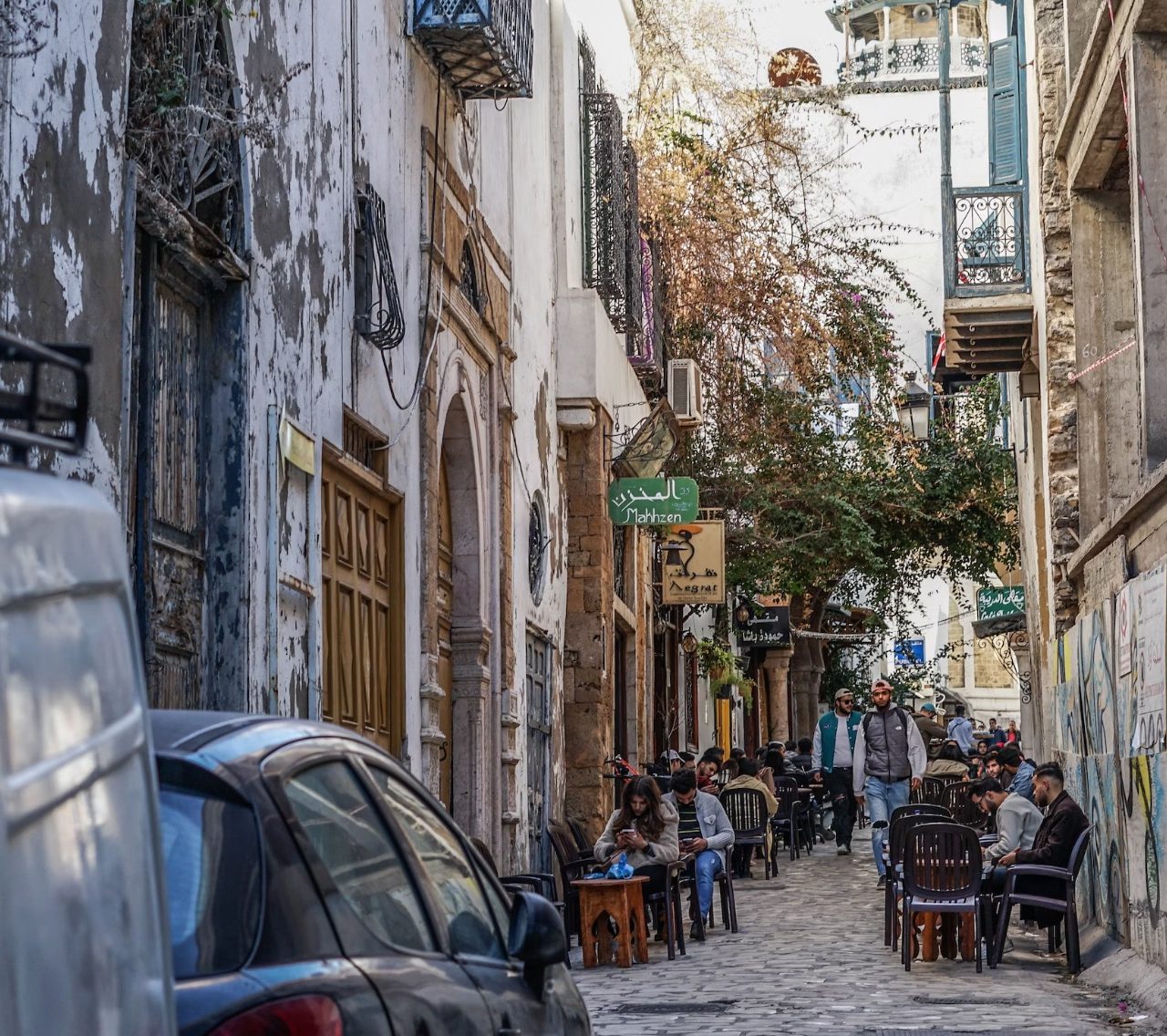
Moreover, taking into account the most recent data available, mainly from the PRB, the population of the latter group can be estimated at around 486.2 million at the start of 2024, thus beginning to widen the gap with that of the Spanish-speaking world, which can be estimated at 482.4 million. Finally, the Spanish-speaking world would reach its demographic peak around 2060, before gradually declining, while the population of the Arabic-speaking world would continue to grow beyond that date, albeit at a much slower rate.
The Arabic-speaking world will therefore have to face a number of challenges to absorb its demographic growth, particularly in those countries – unfortunately quite a few of them – which are experiencing serious security problems linked to civil war or terrorism (Sudan, Somalia, Yemen, Syria, Iraq and Libya). On the Spanish-speaking side, the considerable slowdown in population growth has not prevented many countries, such as Venezuela and Argentina, from experiencing very serious economic crises. In Central America, some countries have such weak economies that they are even being overtaken by countries in sub-Saharan Africa in terms of GDP per capita, particularly in French-speaking Africa, the most dynamic part of the African continent.

Ivory Coast, which recently became the richest country in continental West Africa, despite having considerably less non-renewable natural wealth than Ghana and Nigeria (the country having extracted three to four times less gold and six times less oil than Ghana over the last ten years, and 40 to 60 times less oil than Nigeria over the same period), has also overtaken Nicaragua, with a GDP per capita of 2,486 dollars at the start of 2023, compared with 2,255 dollars, according to the latest World Bank figures. At this stage, Ivory Coast is the only African country with relatively modest natural resources to overtake a Hispanic American country (excluding very small African countries with fewer than 1.5 million inhabitants).
Source: Ilyes Zouari, President of CSRFW (Centre for Study and Reflection on the French-speaking World)



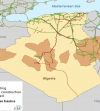

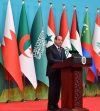
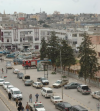




Réagissez à cet article